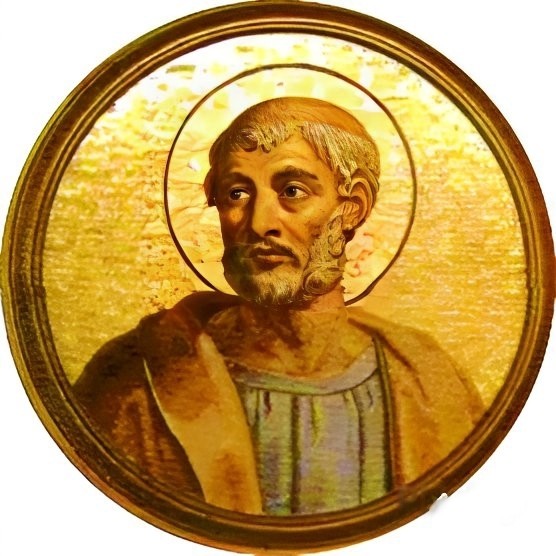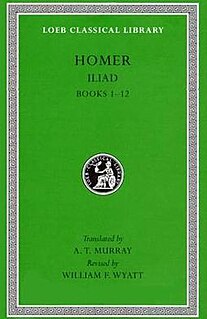The Second Letter of Plato, also called Epistle II or Letter II, is an epistle that tradition has ascribed to Plato, though some scholars consider it a forgery. In the Stephanus pagination, it spans III. 310b–315a.

An epistle is a writing directed or sent to a person or group of people, usually an elegant and formal didactic letter. The epistle genre of letter-writing was common in ancient Egypt as part of the scribal-school writing curriculum. The letters in the New Testament from Apostles to Christians are usually referred to as epistles. Those traditionally attributed to Paul are known as Pauline epistles and the others as catholic epistles.

Plato was an Athenian philosopher during the Classical period in Ancient Greece and the founder of the Academy, the first institution of higher learning in the Western world. He is widely considered the pivotal figure in the history of Ancient Greek and Western philosophy, along with his teacher, Socrates, and his most famous student, Aristotle. Alfred North Whitehead once noted: "the safest general characterization of the European philosophical tradition is that it consists of a series of footnotes to Plato."
Literary forgery is writing, such as a manuscript or a literary work, which is either deliberately misattributed to a historical or invented author, or is a purported memoir or other presumably nonfictional writing deceptively presented as true when, in fact, it presents untrue or imaginary information.
Contents
The Second Letter is addressed to Dionysius II of Syracuse in response to a supposed complaint he lodged against Plato and his associates that they were slandering him. The letter disclaims any responsibility for these slanders and further denies that Plato has even heard of them occurring. It then counsels Dionysius that a concern for his reputation after his death should incline him to repair his relationship with Plato, since the interactions of political men with the wise is a topic of constant discussion. From this subject, the letter turns to an enigmatic discussion of "the First," in which Plato warns Dionysius to never write these doctrines down and to burn this letter upon committing its contents to memory. The Second Letter is the source of the oft-cited remark that "no writing of Plato exists or ever will exist, but those now said to be his are those of a Socrates become beautiful and new (καλός καί νέος)". [1]

Dionysius the Younger, or Dionysius II, was a Greek politician who ruled Syracuse, Sicily from 367 BCE to 357 BCE and again from 346 BCE to 344 BCE.

Socrates was a classical Greek (Athenian) philosopher credited as one of the founders of Western philosophy, and as being the first moral philosopher, of the Western ethical tradition of thought. An enigmatic figure, he made no writings, and is known chiefly through the accounts of classical writers writing after his lifetime, particularly his students Plato and Xenophon. Other sources include the contemporaneous Antisthenes, Aristippus, and Aeschines of Sphettos. Aristophanes, a playwright, is the only source to have written during his lifetime.
R. G. Bury argues of the Second Letter that it is "fairly certain" that it is inauthentic, based primarily upon conflicts he sees between "the general tone" and Plato's Seventh Letter . [2] He considers it to be by the same author as the Sixth Letter . [3]
Robert Gregg Bury was an Irish clergyman, classicist, philologist, and a translator of the works of Plato and Sextus Empiricus into English.






